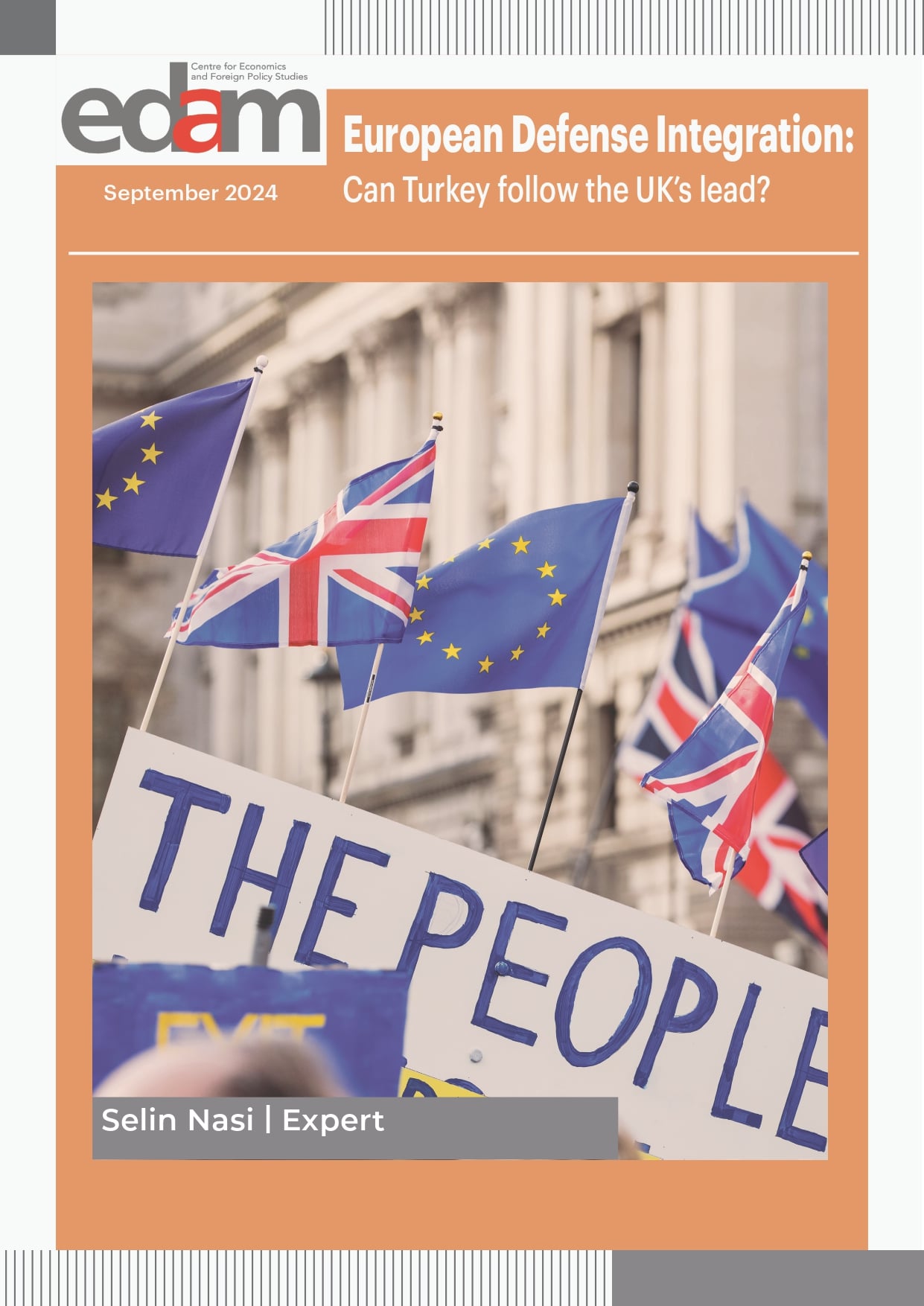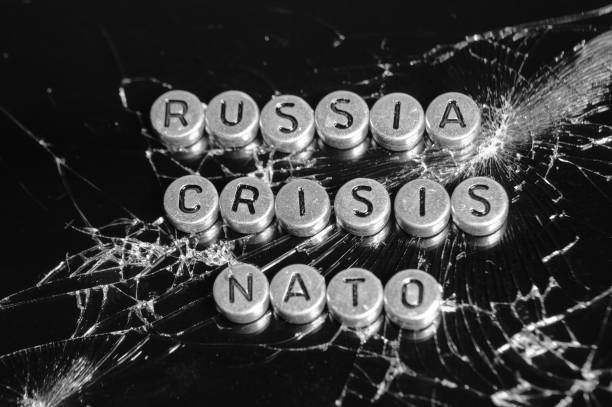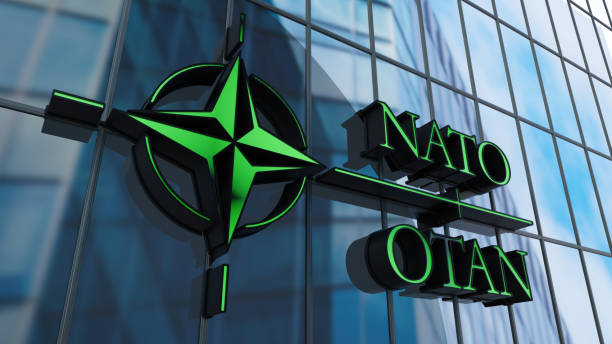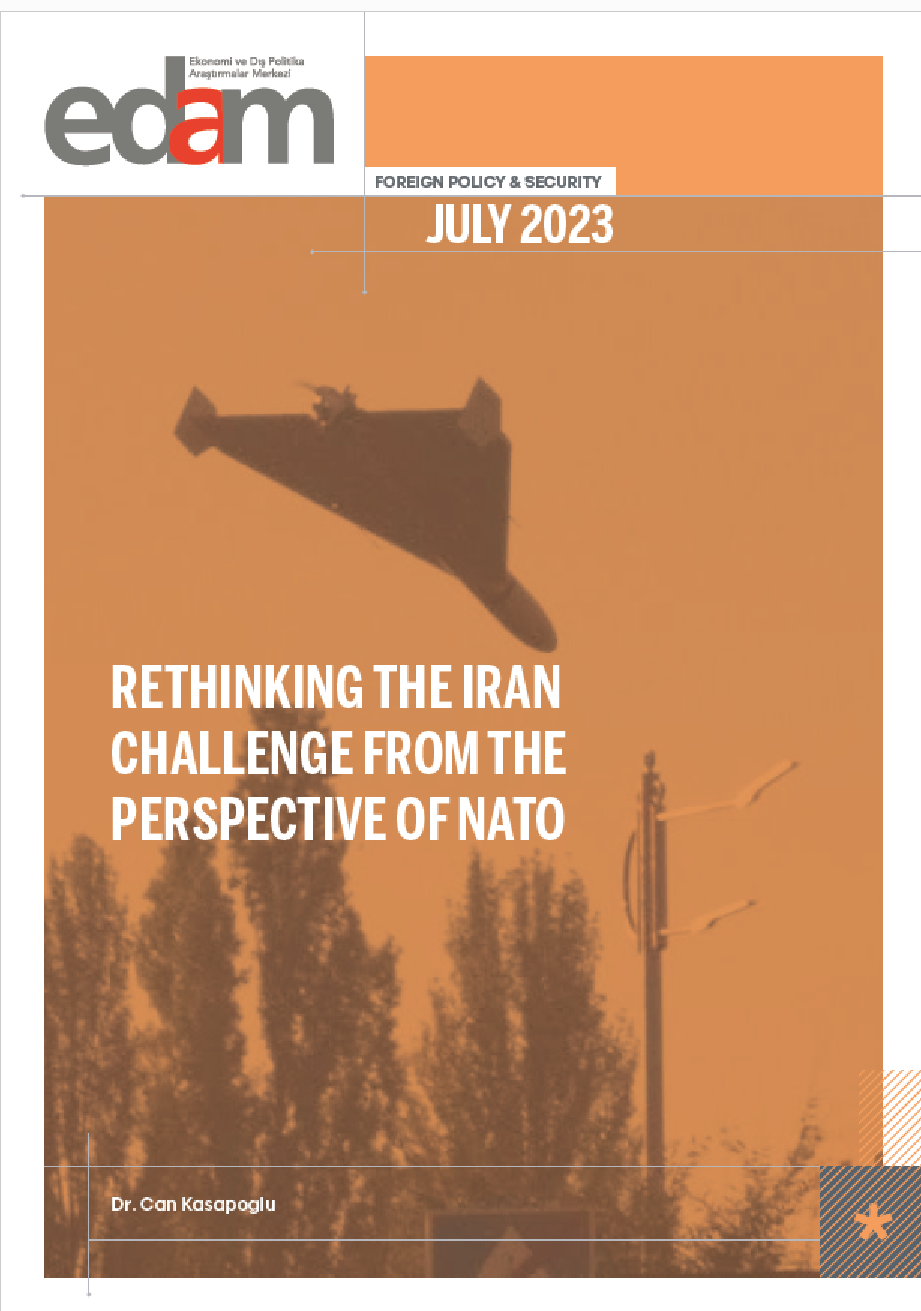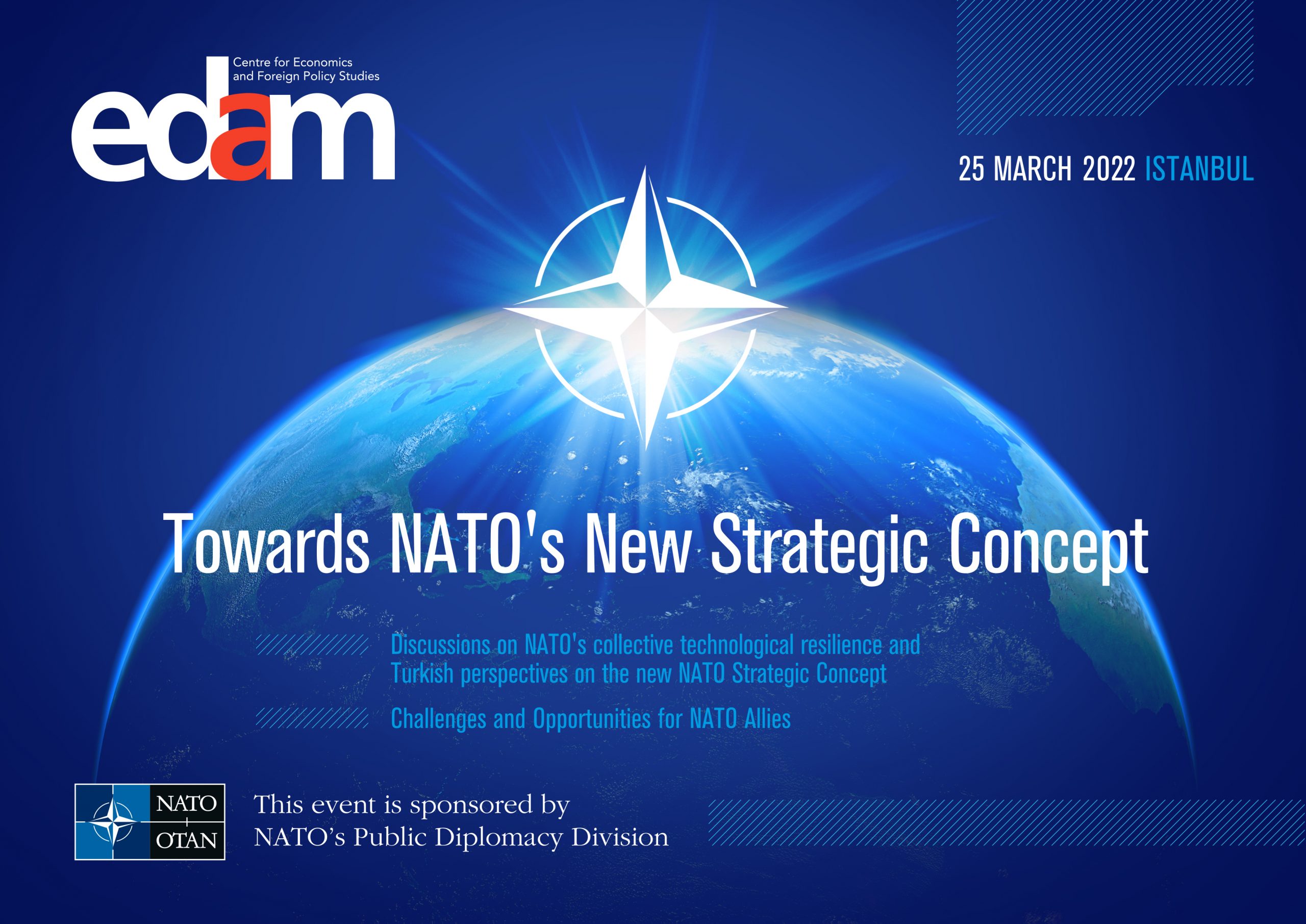
Maintaining NATO's Collective Technological Edge: Geopolitics of Emerging Defense-Technologies
Building a High-Technology Defense Eco-System for NATO: Trends and Challenges
Resulting from the rigorous 2030 work, NATO has determined its high-priority defense technology focus areas as artificial intelligence (AI) and autonomy, data & computing, quantum-enabled technologies, biotechnology, hypersonic weaponry, and space systems. These emerging and disruptive technologies (EDT) will likely shape the coming decades of warfare. Fortunately, the Alliance has taken concrete steps, showcasing the initial intellectual awareness. NATO’s Artificial Intelligence (AI) Strategy, released in late 2021, was the first example in this respect. Other critical future initiatives include the Defense Innovation Accelerator for the North Atlantic (DIANA) and NATO Innovation Fund, which will be up and running by the 2022 summit.[1] Nevertheless, there are still some gaps to address, such as how NATO will coordinate various and different national approaches of its members for the development and application of AI in the military realm, along with restrictions on technology access, use, and transfer.[2]
EDTs also form a critical part of the Alliance’s 2030 Roadmap, which strives to ‘futureproof’ NATO. Gearing up for the digital age, the Allied countries have already started to work towards an innovative and agile defense technologies policy. Recommendations of the NATO Advisory Group on Emerging and Disruptive Technologies are crucial for optimizing the Alliance’s innovation efforts. Especially, establishing a network of centers focused on EDT-related research looms large to augment NATO’s strategic aim of maintaining the military-technological edge and industrial superiority. [3]
More importantly, the NATO 2030 vision work, penned by the Reflection Group on the Secretary General’s request, recommends the establishment of “a North Atlantic equivalent of the U.S. Defense Advanced Research Projects Agency (DARPA)” to spark Alliance-wide, robust defense innovation. Besides, the cited work encourages improving the inter-Alliance military-technological transactions, something that would inevitably prevent the procurement of critical technologies from outsider sources which, at times, have caused political setbacks[4].
Geopolitics of Military Innovation and the Military Paradigm Shift in the Making
According to the NATO Science & Technology Trends 2020-2040 Report, emerging and disruptive technologies should not be used interchangeably.[5] While the former refers to technologies stretching out to longer time horizons to mature (1-2 decades), and are relatively uncertain, the latter is an ongoing process with imminent or witnessed results. On a similar note, convergent technologies refer to combining existing methods and new techniques. Precisely, “convergent combinations and synergies, such as Data-AI-Autonomy, and Space-Hypersonics-Materials are just two of several striking combinations expected to see significant interrelations and dependencies in the future, that will yield unexpected results”.[6]
When used together, the abovementioned technological capabilities bear the potential of bringing about a ‘disruptive effect’. Disruptive technologies often challenge the military status quo by leading to a paradigm shift[7], such as algorithmic warfare, hypersonic strike regimes, and space-enabled information superiority.
Modern weapon systems are too complex to easily imitate or out-innovate. As a result, the entry barriers for producing advanced platforms and weaponry, such as state-of-the-art long-range bombers or ballistic missile submarines, are very high, especially for underdeveloped nations. The future military competition will be even more challenging by relying increasingly on EDTs, such as AI, robotics, 5G networks, quantum computing, rather than bulky, expensive weapon systems.[8] All in all, underdeveloped countries will have tough times.
What’s at Stake for NATO?
EDTs became a new arena for strategic competition between the West (EU and NATO) and its geopolitical rivals. However, the Chinese challenge is more imminent and of concern, as Russia still lacks adequate digitalized warfare capabilities and algorithmic warfare infrastructure.[9] In addition, innovation and R&D framework in China is better than that of the Russian Federation.
Strategic monitoring of specific projects is another critical feature in anticipating change. Technological development in Big Data, AI, Autonomy, Space, and Hypersonic systems are regarded as predominately disruptive. This is mainly because breakthroughs in these areas are built upon long histories of supporting technological development. However, it will take approximately two decades for the disruptive effects of quantum and biotechnology to bolster military capabilities in meaningful ways.[10]
Hypersonic weapons remain a particularly alarming segment for NATO. Hypersonic weapons can be divided into super-fast cruise missiles and boost-glide vehicles mounted on ballistic missiles. Compared to cruise and ballistic missiles, hypersonic weapons can fly faster and close to their targets in a short time. Moreover, they can evade or outrun any existing air and missile defenses – or even deceit the current radars with their high speed and maneuvers. As a result, a hypersonic threat can easily penetrate layered defenses.[11]
EDTs and the Future of War: Anticipating Trends and Sailing to New Horizons
Moving faster than the adversary’s decision-making cycles is vital in modern warfare. Besides, high-end weapon systems would not serve their purposes if the target information is not received in time with enough precision. Thus, building a viable ‘kill-chain’ in the realm of AI-integrated and networked architectures is the prime determinant of future wars.[12] Algorithmic warfare capabilities are fast catalyzing military decision making as we used to know it in our conventional wisdom.[13]
As algorithmic warfare technologies proliferate fast, and can be smartly integrated into various weapons systems, they enable new concepts of operations in a broad array. In addition, data-integrated AI systems can drastically improve situational awareness of militaries on the battlefield, opening a new chapter in information superiority.[14]
Robotic warfare solutions digitalized and innovative command & control systems, advanced intelligence, and surveillance technologies will dominate the AI-enabled features of future war. However, innovations in AI and algorithmic warfare systems come from both commercial circles and conventional defense powerhouses. Besides, most of the innovations are dual use in nature. Hence, detecting the exact spending on military and non-military AI, whether a commercial asset or a military modernization program, is a real problem.
Event Objectives
- Focusing on a viable intelligence analysis model to monitor and assess the EDT trends,
- Prioritizing NATO’s defense technological agenda,
- Finding a feasible and sustainable way-forward to run high-tech capability generation efforts for NATO.
[1] NATO, “Emerging and disruptive technologies,” October 22, 2021, https://www.nato.int/cps/en/natohq/topics_184303.htm
[2] Simona R. Soare, “Algorithmic Power, NATO and Artificial Intelligence,” IISS, November 2021.
[3] NATO, “Emerging and disruptive technologies,” October 22, 2021, https://www.nato.int/cps/en/natohq/topics_184303.htm
[4] NATO 2030 Report by the Reflection Group, November 2020, https://www.nato.int/nato_static_fl2014/assets/pdf/2020/12/pdf/201201-Reflection-Group-Final-Report-Uni.pdf, Accessed on: March 17th, 2022.
[5] NATO Science and Technology Organization, “Science and Technology Trends 2020-2040, Exploring the S&T Edge", https://www.nato.int/nato_static_fl2014/assets/pdf/2020/4/pdf/190422-ST_Tech_Trends_Report_2020-2040.pdf
[6] Neven Vinci, “The Future of Warfare: Security Implications of Emerging and Disruptive Technologies (EDTs), NATO Association of Canada, May 12, 2021, https://natoassociation.ca/the-future-of-warfare-security-implications-of-emerging-and-disruptive-technologies-edts/
[7] NATO Science and Technology Organization, “Science and Technology Trends 2020-2040, Exploring the S&T Edge”, https://www.nato.int/nato_static_fl2014/assets/pdf/2020/4/pdf/190422-ST_Tech_Trends_Report_2020-2040.pdf
[8] NATO, “New RD Publication: Imitation, innovation, disruption: challenges to NATO’s superiority in military technology,” December 16, 2019 (last updated on January 16, 2020), https://www.ndc.nato.int/news/news.php?icode=1404
[9] Dr. Christian Mölling and Florence Schimmel, “Promoting Technological Sovereignty and Innovation: Emerging and Disruptive Technologies: A Workshop Report,” German Council on Foreign Relations (DGAP), November 2021, https://dgap.org/sites/default/files/article_pdfs/Report-2021-22.pdf
[10] NATO Science and Technology Organization, “Science and Technology Trends 2020-2040, Exploring the S&T Edge”, https://www.nato.int/nato_static_fl2014/assets/pdf/2020/4/pdf/190422-ST_Tech_Trends_Report_2020-2040.pdf
[11] Dan Goure, “Hypersonic Weapons Are Here and Will Change Warfare Forever,” September 11, 2019, The National Interest, https://nationalinterest.org/blog/reboot/hypersonic-weapons-are-here-and-will-change-warfare-forever-193439
[12] Kris Osborn, “Technical Architecture Will Build the Future of Warfare,” July 11, 2021, The National Interest, https://nationalinterest.org/blog/buzz/technical-architecture-will-build-future-warfare-189457
[13] Peter Layton, “Algorithmic Warfare: Applying Artificial Intelligence to Warfighting,” Air Power Development, March 2018,
[14] Ibid.




